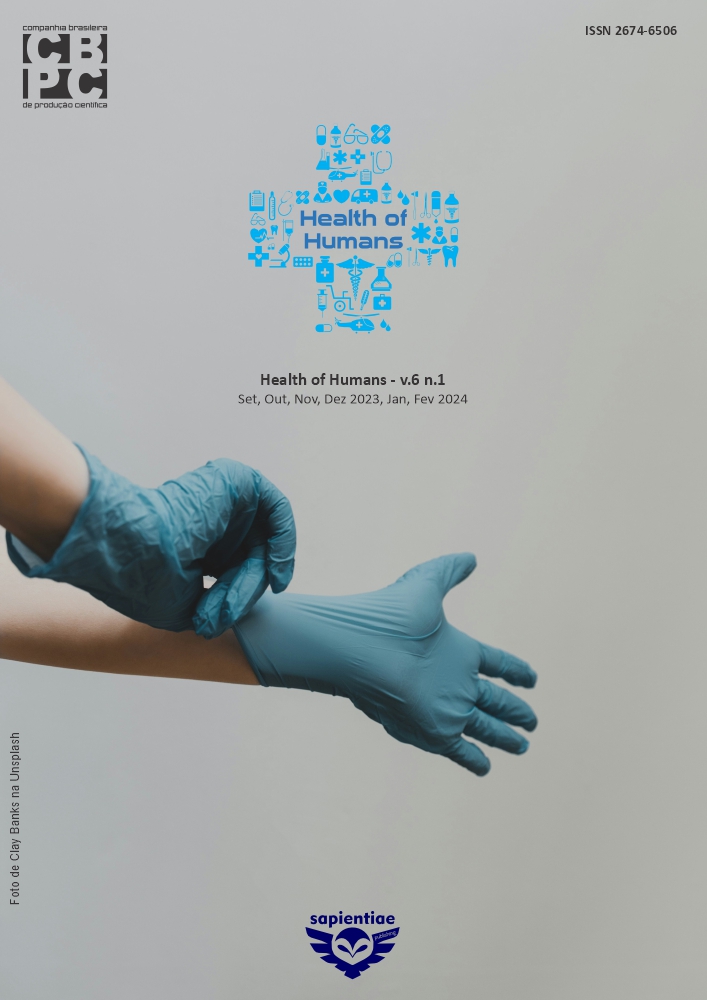Epidemiological profile of helicobacter pylori carriers according to the ABO blood group system
DOI:
https://doi.org/10.6008/CBPC2236-9600.2020.002.0006Keywords:
Epidemiology, Risk factors, Helicobacter pylori, ABO blood group systemAbstract
Helicobacter pylori (HP) infection depends on genetic, socioenvironmental factors and is associated with gastric pathologies and ABO system groups. Correlate the epidemiological profile of patients with PH with the ABO system. Prospective study, performed in a digestive endoscopy service, from April/2018 to May/2019. Biopsy and histopathology of gastric mucosa, rapid urea test and blood typing were performed. Sociodemographic and clinical questionnaire applied. Sample made up of 44 HP patients. Data analyzed by the RCore team 2019 and submitted to descriptive and inferential analyzes. Significance level 5%. Everyone signed the IC. As a result, 22 (50%) were women and 22 (50%) men; average of 55.2 years (SD = 16.7), with no statistical significance when compared between the ABO system phenotypes. The O phenotype was prevalent both in relation to housing, profession and varying degrees of education. Higher frequency of phenotype O among patients with brown skin color and those with HP infection, with 6 (23.1%) mild degree, 10 (38.5%) moderate degree and 10 (38.5%) intense degree . Several factors contribute to the transmission and pathogenicity of PH. Factors linked to the individual's genes seem to demonstrate a correlation of the ABO system with gastric diseases, with the phenotype The greatest expression of LEB, an antigen expressed in the gastric mucosa. Considering that not all strains are equally specific for O and Leb, it is possible that differences in the sociodemographic profile and risk factors for contamination with more virulent strains, may favor greater susceptibility to gastric diseases.
Downloads
Downloads
Published
Issue
Section
License
The CBPC - Companhia Brasileira de Produção Científica (Brazil CNPJ: 11.221.422/0001-03) the material rights of the published works. The rights relate to the publication of the work anywhere in the world, including rights to renewals, expansions and dissemination of the contribution, as well as other subsidiary rights. All electronically published works may subsequently be published in printed collections under the coordination of this company and / or its partners. The authors preserve the copyright, but are not allowed to publish the contribution in another medium, printed or digital, in Portuguese or in translation.








